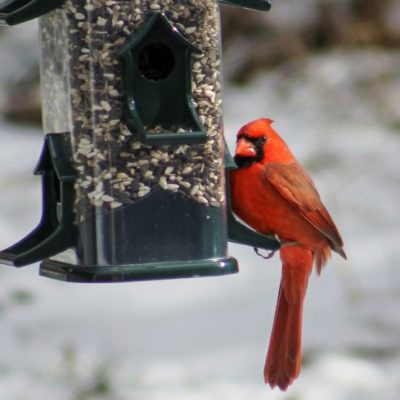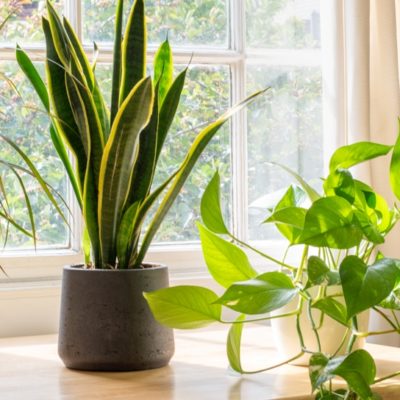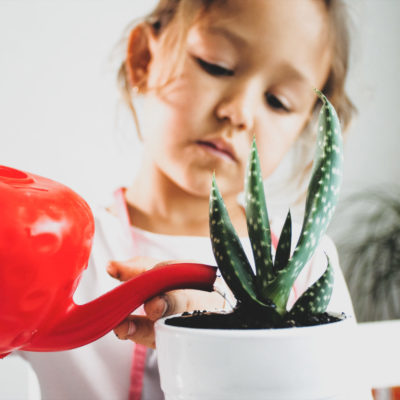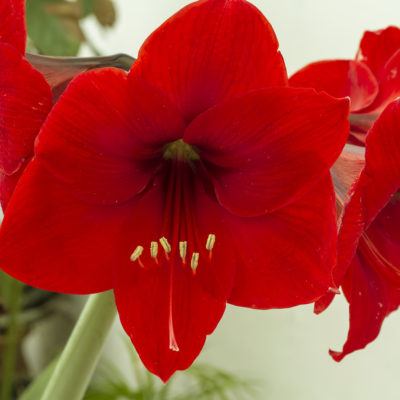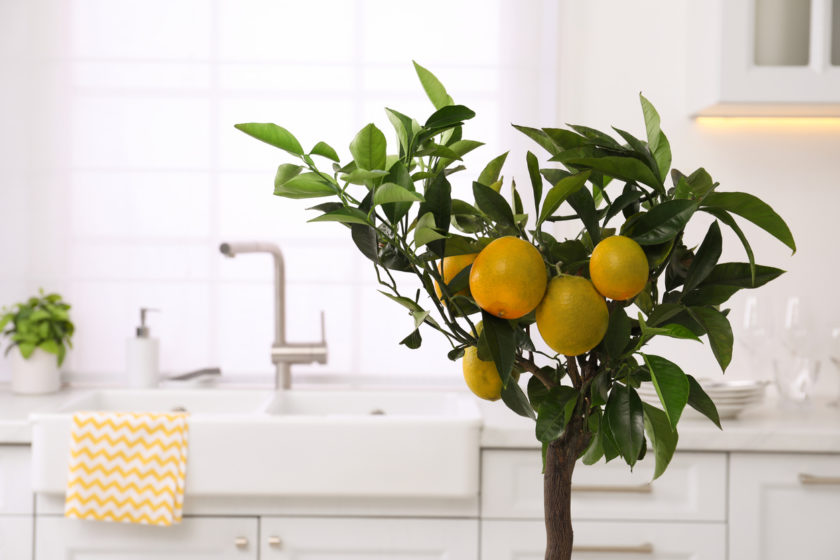
Tropical Plant Profile: Citrus
Believe it or not, it is possible to grow citrus fruit in southwestern Ontario! Yes, given the right growing conditions and level of care, you can actually make fresh lemonade from your own Lemon tree! Or maybe you prefer freshly squeezed orange juice, or some delicious lime tarts, but before you get too hungry come over to Belgian and see our gorgeous Citrus plants!
You can find our beautiful selection of Citrus plants in our Tropical greenhouse, including different varieties of Lemon, Lime, Orange, and even Grapefruit and Calamondin! All Citrus have deep green foliage covering a dense network of branches (careful, they have spikes!) and can be available as a tree with a single trunk or a bush form. They produce small white flowers with the most amazing fragrance, which some have compared to a combination of honey and vanilla!
Those gorgeous blooms have the potential to become your Citrus harvest, provided you take a few extra steps. Since you probably don’t have pollinators flying around your living room, you’ll have to do the work yourself: Using a small, clean paintbrush or cotton swap, lightly tap the inside of each bloom a few times, making sure that the pollen is transferred from one flower to another. It takes a bit of time, but it can be quite fun to play the part of a bumblebee!
After a few years, if your Citrus likes your work it may start to produce fruit! They may drop some fruit and that’s okay, it’s just the plant saving its energy for the fruit it can handle. If you want extra large fruit, you’ll have to select one or two of the best ones on the tree and cut off the rest. It can be difficult to grow Citrus in Canada, but they’ll still bloom beautifully and fill your homes with that incredible fragrance year after year!
Citrus are what we like to call “high maintenance” tropical houseplants, which just means they need a bit more attention and care than your average Snake Plants or Cacti. They need lots of bright, direct sunlight (yes, even in winter) so a south/west facing window would be great or a sunroom would be even better. They don’t like to dry out but they can’t sit in water, either; let your pots dry out slightly between deep waterings. Citrus love humidity, so go ahead and mist your plants daily or even twice a day to keep them happy. Use a flowering fertilizer once a month to keep those gorgeous flowers budding and blooming; use high nitrogen fertilizer (the first number on the fertilizer package) twice a year when it’s not in flower and/or if its leaves fade to pale green.
It’s not an easy thing to grow Citrus in Canada, mostly because of that little season we call “winter” with its shorter days, weaker sunlight, and freezing temperatures. But we do have summer, and if you really want your Citrus to thrive and possibly fruit, you should put them outside! Like all Tropical houseplants, the outside temperature has to be higher than 15°C day and night, and you’ll have to gradually introduce your Citrus to the outdoors over a week or so – this reduces the risk of leaf burns and overall stress on your plant. Check your pots daily, as containers will dry out much faster outdoors than inside your home.
They may require a bit more attention than the average Tropical houseplant, but Citrus are definitely worth the extra effort! Check out our selection in the Tropical greenhouse and take home a piece of the orchard! Please note selection does vary throughout the year, and is dependent on our suppliers’ availabilities.
Light: At least 4 hours of bright, direct sunlight per day; more is definitely better. Putting them outside for the summer is a great way to increase their energy intake, but introduce them to the elements slowly so they don’t get stressed or scorched.
Water: Let Citrus dry out slightly between deep waterings but do not allow soil to dry out completely! Always use pots with drainage, and never let your pots sit in water.
Humidity: Citrus love extra humidity! Mist your plants at least once a day.
Fertilizer: When in bloom, use a flowering fertilizer monthly. If leaves are a pale green and/or plant is not in flower, use a high nitrogen fertilizer (30-10-10, for example) twice a year for an extra nutrient boost.


